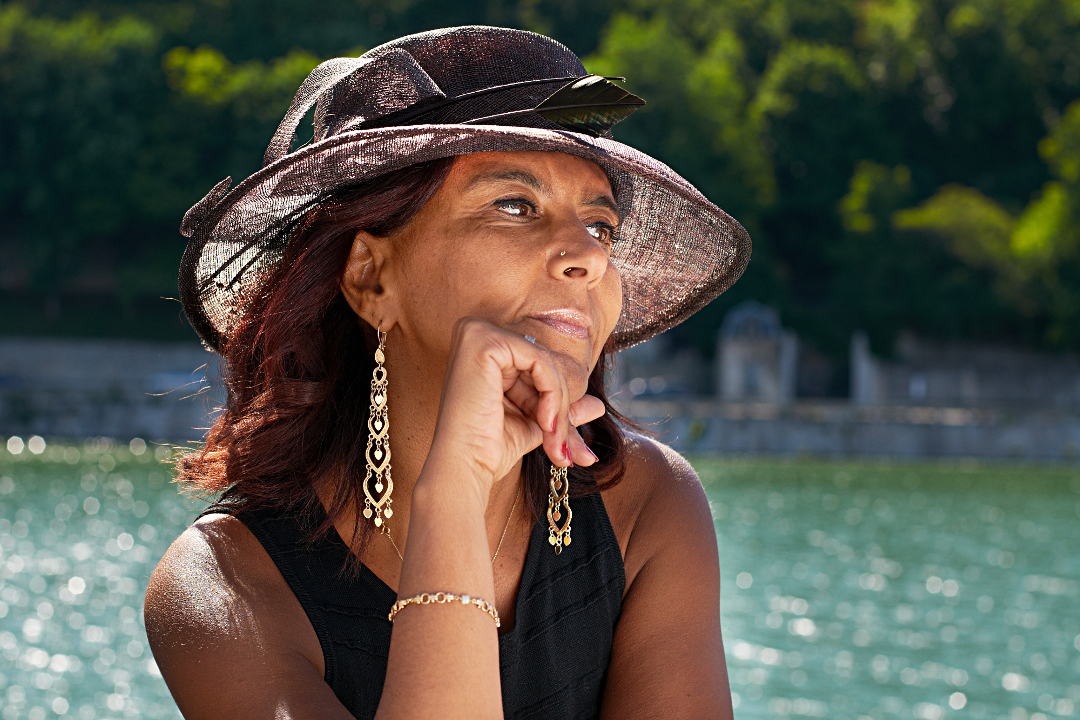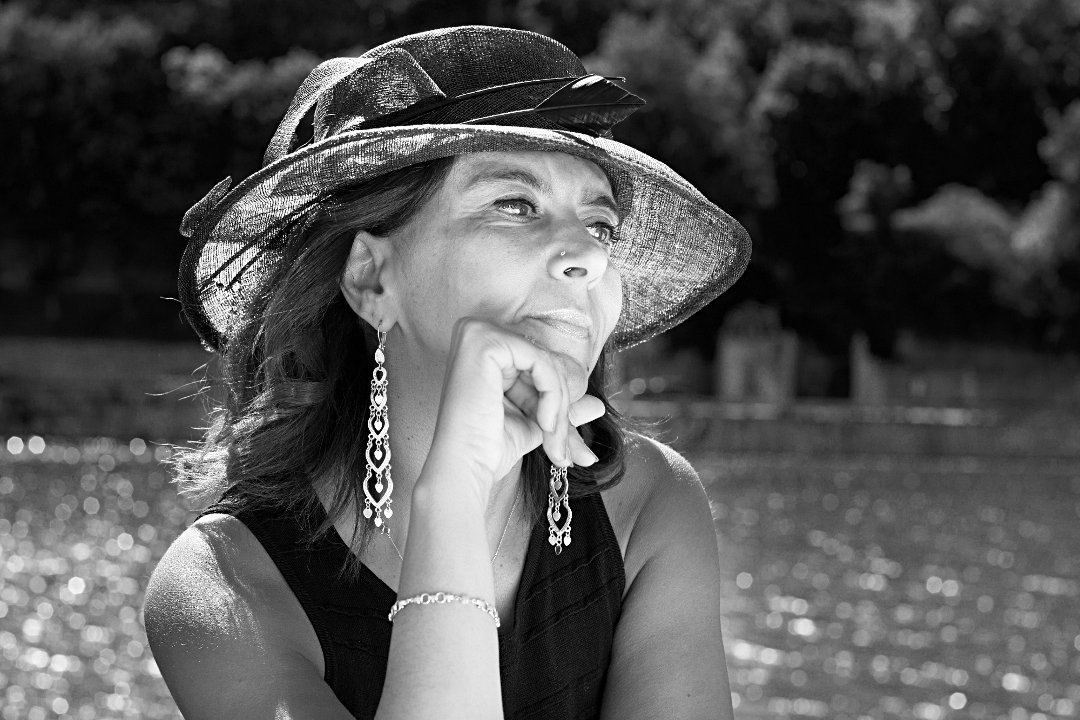Converting to black and white.

Unlike film cameras, which you can always choose to load with colour or black and white film, digital camera sensors all deliver a colour image. Black and white images are therefore obtained retrospectively, by computer processing.
Several techniques are described below.
Desaturation control.
All retouching software offers a 'Desaturate' command (or equivalent) but using this simple command often gives disappointing results. Let's find out why.
Conversion to black and white necessarily involves the loss of colour (hue) and saturation information. All that remains is luminosity to convey the image. Some colours look very different to the eye, even though they have the same luminosity. They can be distinguished by their hue or saturation. If we lose these two pieces of information, luminosity alone will no longer enable us to distinguish these colours.
Here's a demonstration by example. The colours in this colour chart have been chosen from those with the same luminosity. We can see that, after conversion to black and white, it is completely impossible to distinguish one colour from another.


Some software packages offer a choice of conversion according to luminosity or clarity.
The result is better, but far from perfect, as some colours are still difficult to distinguish after desaturation.


Of course, the example chosen is particularly vicious because all the colours have exactly the same luminosity.
In reality, it will never be like that. But even so, the desaturation technique risks confusing close colours into a uniform grey.
Voici deux techniques bien meilleures. La première que j'utilise pendant la dérawtisation. Elle est très rapide. Je réserve la deuxième pour les cas difficiles lorsque la première méthode s'est avérée inefficace.
Colour filter.
This technique consists of applying a dominant colour to the image in order to lighten certain colours and darken others. For example, by applying a red filter, we lighten the faces and darken the sky. Naturally, if the image were to remain in colour, the result would be horrible, but since the image will end up in monochrome, the dominant colour will disappear with the colours.
This technique is mainly offered by demosaicing softwares. It is inspired by what is done under the enlarger when developing film. It's fast and very effective, for example, for recovering a slightly overexposed sky.
Decomposition method.
We know that each colour is obtained by mixing three basic colours. In photography, these basic colours are red, green and blue. Software can be asked to display not the result (the mixed colour) but the initial red, green and blue components. These are called R,G,B layers.
Here is an example.

Image originale

Composante rouge

Composante verte

Composante bleue
We can see that the three components are not all equivalent: some offer less detail than others in certain parts of the image. You can simply choose the most appropriate layer. But to further improve the final image, you can play with the opacity of the layers, i.e. control the amount of each layer. With the help of layer masks, you can also recover each part of the image in different layers. For example, the background on the green layer and the face on the red layer.

Final picture
The face comes from the red layer and the background from the green layer. In addition, the opacity of the red layer was set to 75% to reduce the brightness of the face.
And let the machine do its thing...
If you only retrieve the JPG file from your camera (and not the RAW), it is possible to convert to black and white when you take the shot. Most cameras offer this option.
But this solution is not configurable. You therefore run the risk of obtaining ready-made images that do not correspond to what you wanted. Nevertheless, this method has the advantage of giving you a preview of the final image on the back of the camera as soon as you take the shot. Afterwards, there's nothing to stop you starting from RAW and applying a conversion to suit your tastes.


If you liked this page, share it on your favorite network :